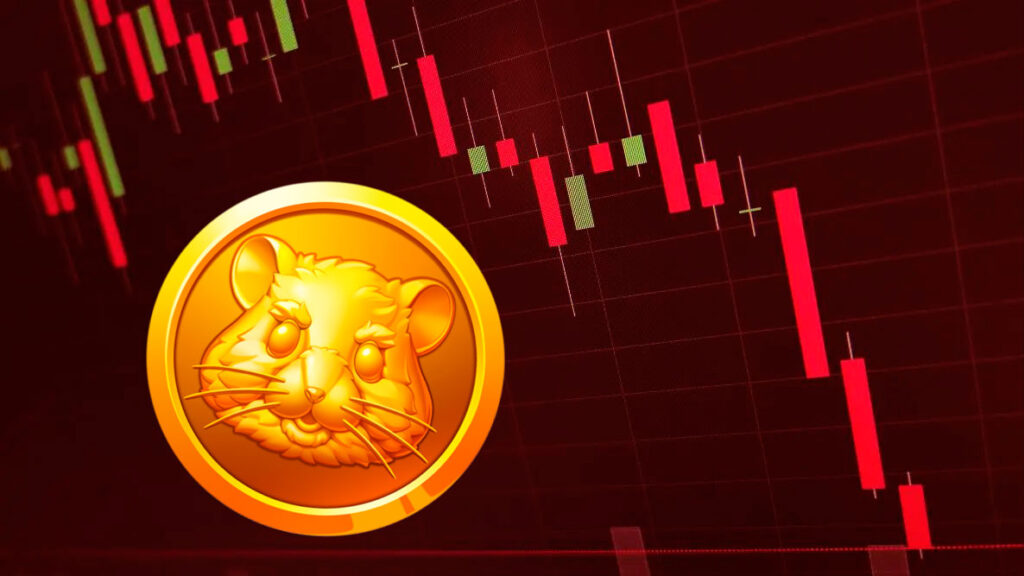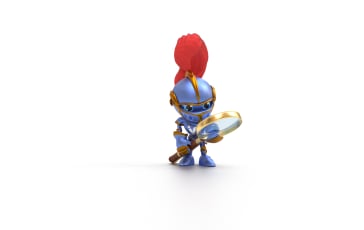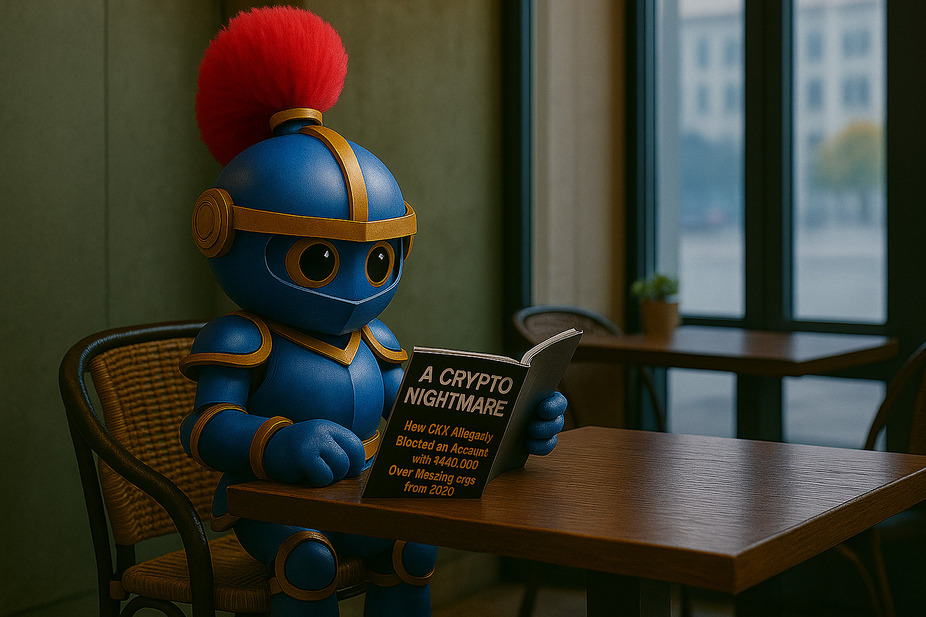Why did the Hamster Kombat (HMSTR) Token Decrease in Value?
After the airdrop and listing of the HMSTR token on crypto exchanges, Hamster Kombat did not meet the expectations of the crypto community. Despite the initial interest in the project, active selling of HMSTR tokens led to their significant devaluation. Just a few days after the listing, the cryptocurrency’s value dropped by more than 40%, and analysts suggest that this may only be the beginning, with the coin potentially continuing its decline.

The HMSTR Crash on the Crypto Market: What Happened?
On 26th of September, 60 million tokens were distributed as part of the airdrop, after which the price settled at $0.014. However, optimism quickly turned into a massive sell-off. In a week, the token lost half of its value, and the price dropped another 11%. The negative market sentiment indicator, standing at -0.16, reflects the fears and doubts prevailing among participants. This could signal further price declines.
The token has already lost half its value in just a week. Despite the overall pessimism, futures traders seem to remain somewhat optimistic. According to Coinglass, HMSTR’s funding rate remains positive, indicating a predominance of long positions. However, this has led to significant liquidations totaling $9 million since the airdrop. Technical analysis, including the Directional Movement Index (DMI), also confirms a bearish trend. If the current dynamics continue, experts predict a possible drop in HMSTR to $0.0010.
Why did Hamster Kombat Fall?
The Hamster price crash is not so much the result of malicious intent, as many users who feel deceived believe, but rather a significant underestimation of the audience size, experts suggest. The developers were targeting a real audience of around 7 million people, similar to that of Notcoin, but when the number of Hamster Kombat users greatly exceeded this figure, the project’s math and tokenomics did not produce the desired results. According to the developers, the total number of players in Hamster Kombat by the end of September exceeded 300 million. Only 131 million users were admitted to the airdrop, and many players were banned for cheating.
The distribution of tokens to such a massive audience led to discussions and conflicts within the company itself. As a result, users received an average of $12 for six months of active play. Difficulties also arose because many users entered the project intending not to stay within the ecosystem but to make a quick profit. Overall, this led to significant reputational risks, and the token’s listing was constantly postponed.
Experts explain the fall of HMSTR very simply: for any token, there must be both sellers and buyers. Hamster created a lot of sellers, but no one is currently eager to buy this currency. The monetization model was not based on quick token profits but on selling traffic, as the application had over 300 million users, which is massive.
The devaluation of the token was inevitable, and the price movement aligns with the expectations outlined in the project’s official documents — the whitepaper and the financial model for token issuance on the market, experts believe. At the start of sales, 127 million tokens were to be distributed to all project players, with a market capitalization of $255,000. Given that there were almost no token lock-up periods for players, and nearly everything was distributed at once, all these tokens immediately entered the market. As a result, the application had over 100 million users eager to sell their tokens quickly and get rich, but there was almost no one willing to buy them, experts note. The market does its job and kills the token’s value. However, it should be noted that this situation is not unique, but rather quite standard for most new coins.
What’s happening with other meme coins?
Notcoin
Hamster Kombat’s success was largely due to the Notcoin project, which showed real monetization potential and made people believe in such projects. The NOT token listing was held by crypto exchanges on 16th of May 2024. The day after the listing, Pavel Durov noted Notcoin’s success, stating that the coin entered the top 10 cryptocurrencies by trading volume on its first day on exchanges, and its market capitalization reached $700 million.
Notcoin — the only one of the top 5 TON ecosystem cryptocurrencies — showed significant growth over the past week. The NOT price rose by 20% in seven days. But since its launch, the asset has halved in value. At the start, its price was $0.0016.
DOGS
The DOGS token was listed on exchanges on 26th of August 2024. The game was based on awarding tokens to participants depending on their Telegram account registration date and for inviting new users through a referral system.
The hype around this cryptocurrency was so great that the TON network experienced a massive outage. Due to the high load, the network did not process transaction blocks for seven hours. Compared to the HMSTR token, DOGS has not depreciated as much. Since trading began in late August (at $0.0008329), its price has fallen by about 4% to $0.0008.
Catizen
On 20th of September, trading of Catizen began on exchanges. The project differs from Notcoin and Hamster Kombat in that it offers a full-fledged game mechanic: users breed cats and level them up. CATI’s price started at $0.6263, and within less than a week, by the evening of 30th September, it had fallen by 23% to $0.5884.
HMSTR Prospects
Experts suggest that after some time, HMSTR may see growth. The project is becoming a large gaming ecosystem — this is already evident from the second season. Over time, the non-loyal audience will leave, and only loyal and engaged users will remain. Players will use the token as an in-game currency for donations and purchases within this ecosystem. Considering the gaming industry’s rapid growth, this currency has a good chance of rising, one expert believes.
We will closely monitor this project and hope for its future success and token price growth.








